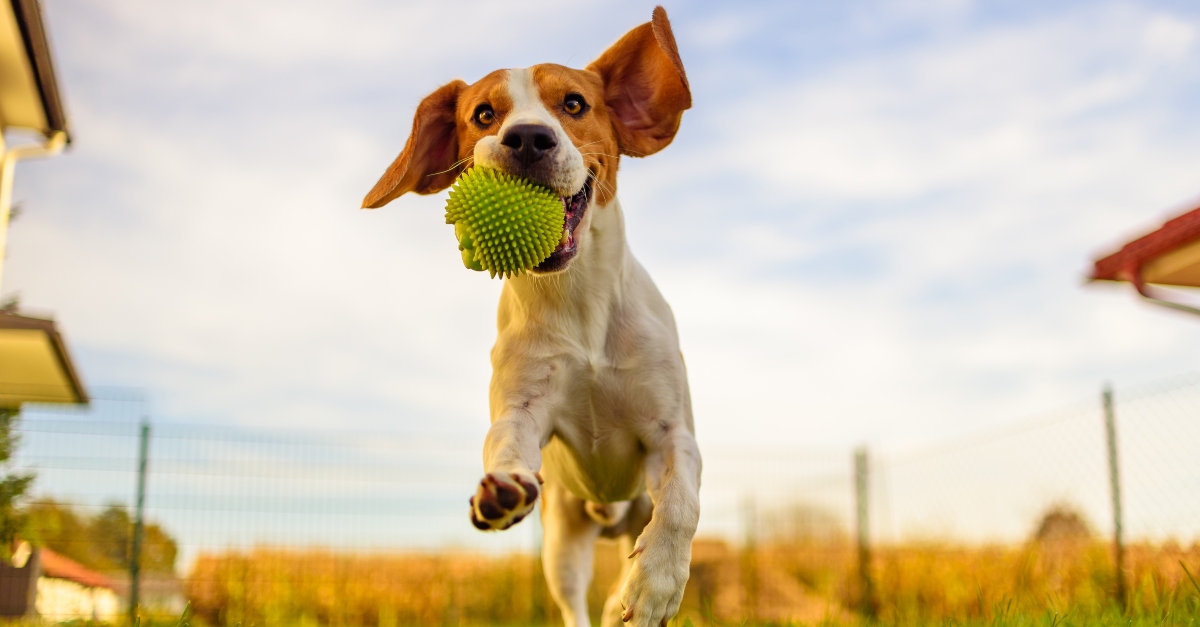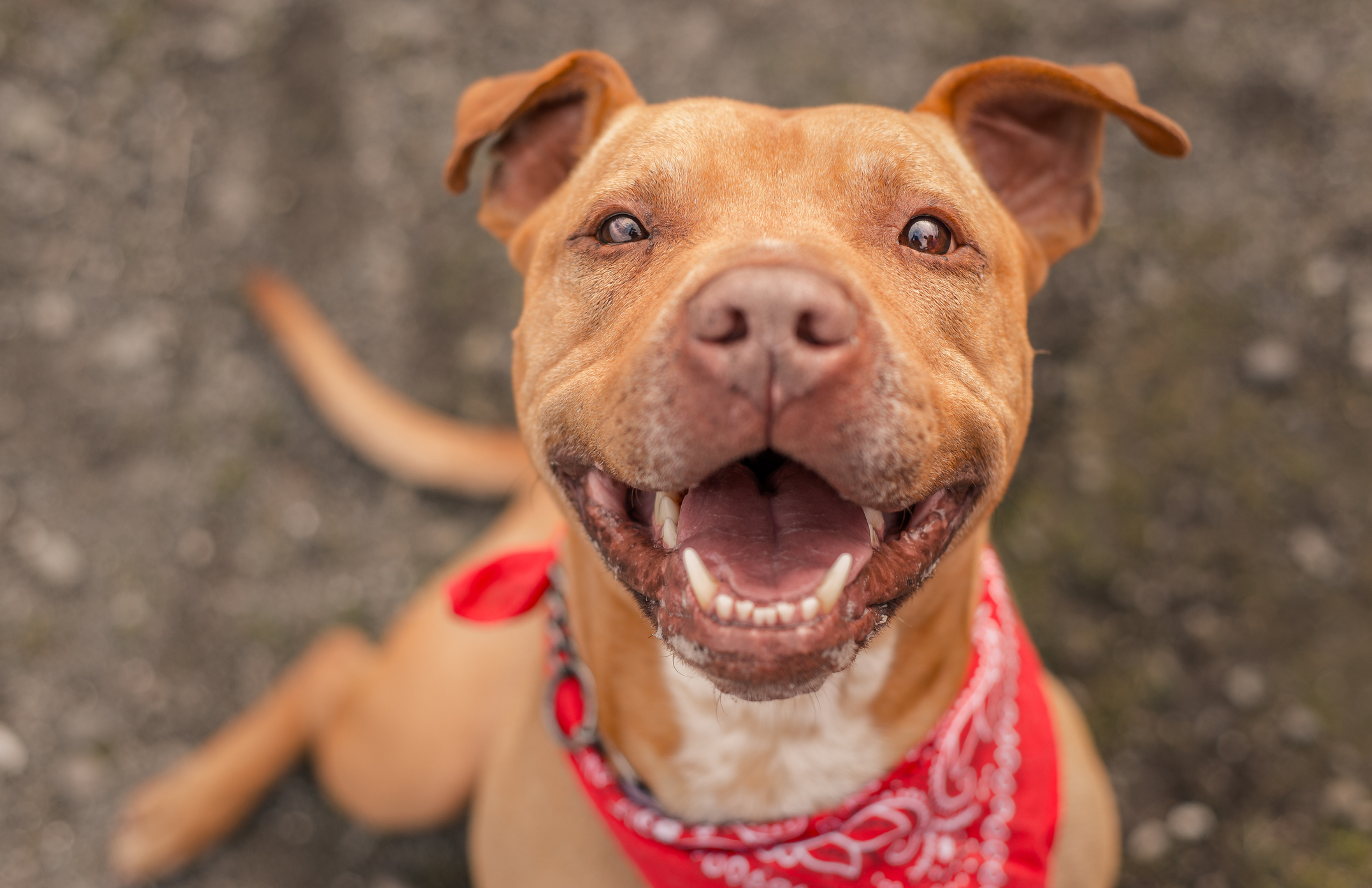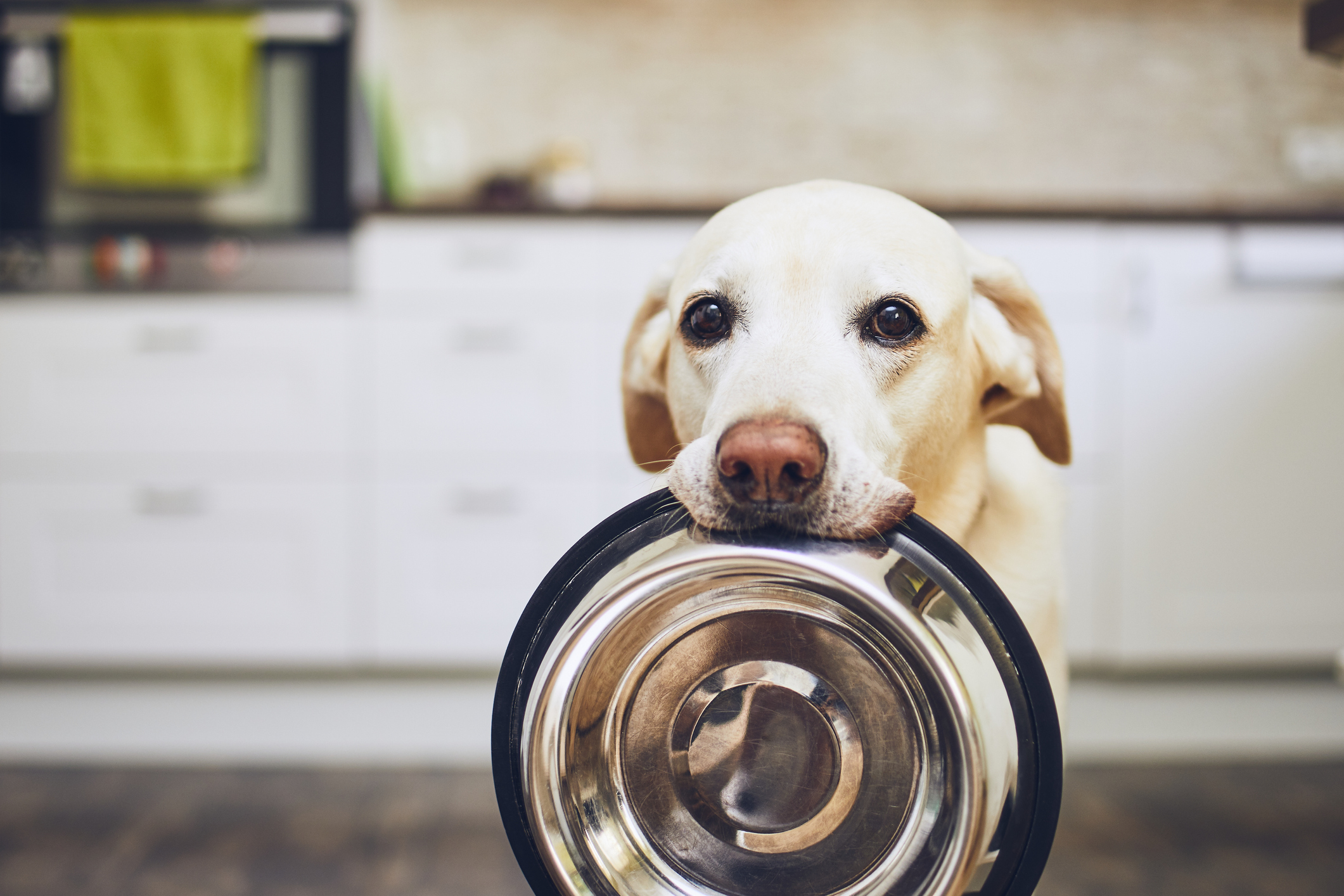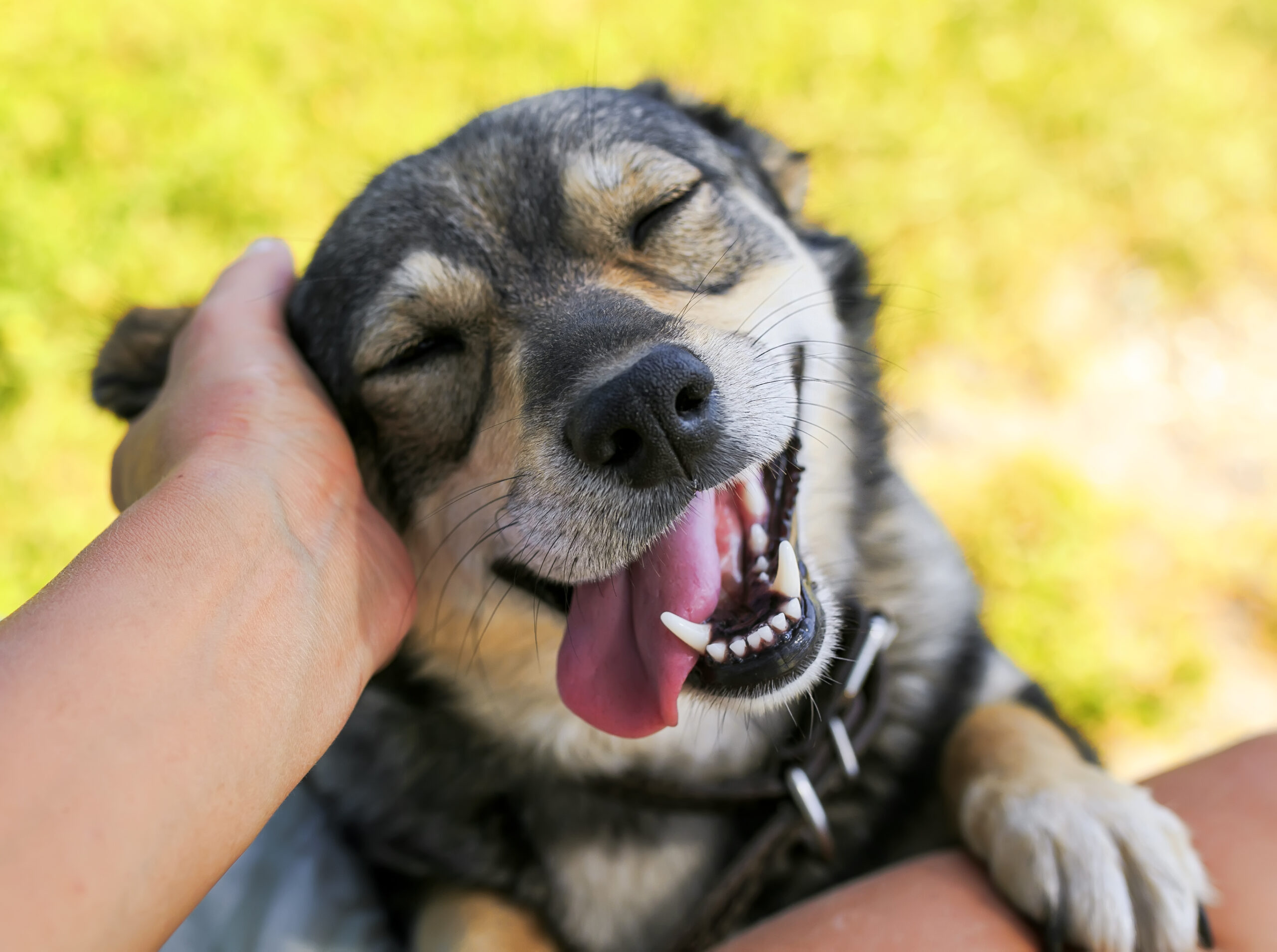
Somewhere in our heart of hearts, all of us dog owners know that we shouldn't yell at our beloved pets … but since we're all only human, yelling happens. Unfortunately for our furry sidekicks, a new study has confirmed that yelling at dogs can have a pretty devastating impact on the dog's mental state for at least weeks, if not longer.
In the paper, the researchers wrote, "Our results show that companion dogs trained using aversive-based methods experienced poorer welfare as compared to companion dogs trained using reward-based methods, at both the short- and the long-term level."
More from LittleThings: Controversial Parenting Author Argues Adults Should Not High Five Kids
The researchers continued: "Specifically, dogs attending schools using aversive-based methods displayed more stress-related behaviours and body postures during training, higher elevations in cortisol levels after training, and were more 'pessimistic' in a cognitive bias task."
In other words, positive reinforcement is the name of the game. The study, which was led by Ana Catarina Vieira de Castro of the Universidade do Porto in Portugal and conducted by an international team, is the first to focus on the impact of yelling on pets.

The setup of the study was pretty straightforward. Researchers in Porto, Portugal, chose 42 dogs from training schools that use positive reinforcement, like treats and playing, and 50 dogs from training schools that use negative reinforcement, like pulling hard on leashes.

The team then filmed each dog during the first 15 minutes of the training sessions and took samples of their saliva to see how stressed out the dogs were. They took the samples three times: once when the dogs were comfortable at home and then again after they trained.

The researchers also studied the way the dogs behaved during each training. Their goal was to identify certain behaviors that might indicate the dogs were stressed. Those behaviors can include yawning, lip-licking, paw-raising, and yelping.

It didn't surprise the team to discover that the dogs in the classes that used negative reinforcement were more stressed out. Those dogs displayed more behaviors that indicated stress, and their stress levels were also much higher.

This was only the first step. Researchers then moved on to the next part of the process: evaluating the long-term impact of the stress. The dogs were visited a month after they initially participated in the first phase of the study. This time, 79 of the dogs were trained to associate a bowl on one side of a room with a snack.

The way this part of the study worked was pretty clear: If the dogs saw that the bowl was on one side of the room, they knew it always had a treat. If it was on the other, it never had a treat. The team made sure to rub the treat on the outside of each bowl so the dogs wouldn't be able to sniff and see which bowl to go to.

After teaching the dogs the trick, the researchers moved the bowls around the room to different spots to see how the dogs would look for the treats. They believed that the faster the dogs looked, the more they were anticipating the snack. A dog who was not optimistic about having a treat waiting for them was likely to go slowly.

The result: The dogs who were trained with negative reinforcement approached the bowl more slowly. The dogs who were taught with positive reinforcement learned the bowl trick faster than their counterparts who had largely experienced negative reinforcement.

The lesson here? Using positive reinforcement with your dog is more effective. The team did allow that positive reinforcement may have worked so well because the dogs were already exposed to treat-based training, and they didn't know if the other group of dogs would have learned more quickly if negative reinforcement had been used in the study.

However, at the end of the day, we can all safely take away one thing: The study shows that positive reinforcement works, and that negative reinforcement is not more effective. As the team said, "Our study points to the fact that the welfare of companion dogs trained with aversive-based methods appears to be at risk."




